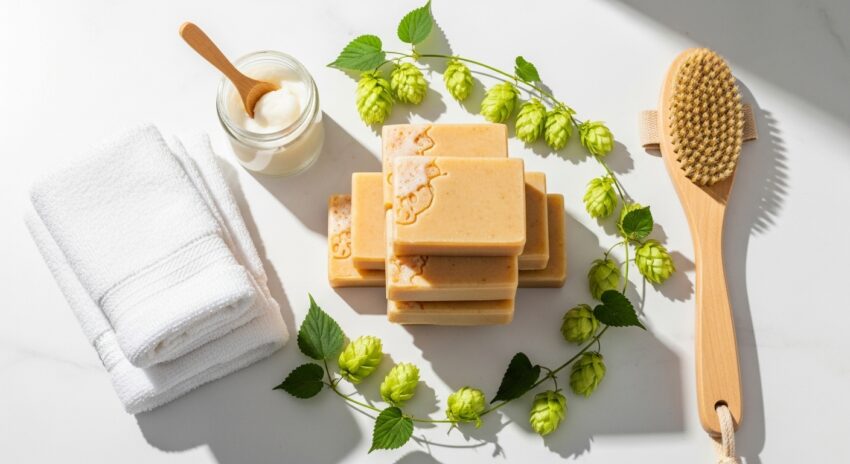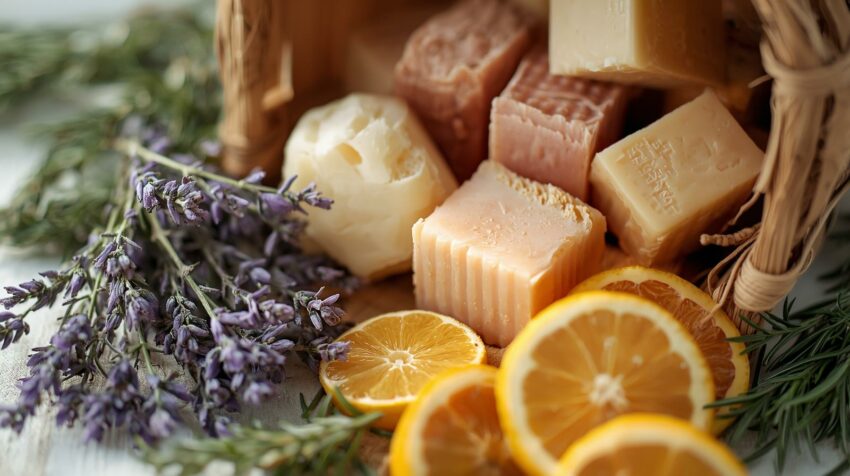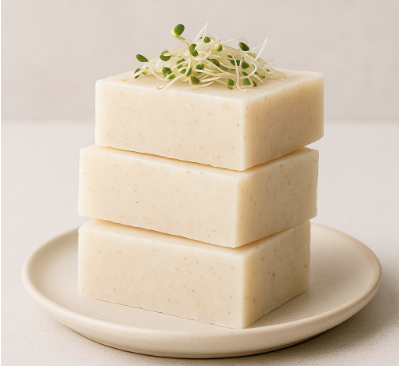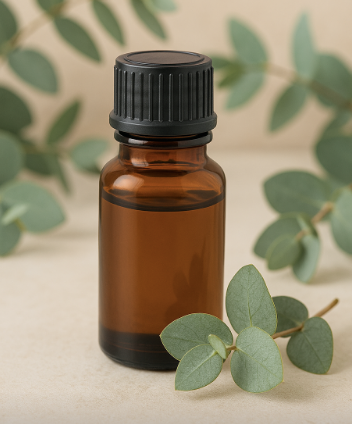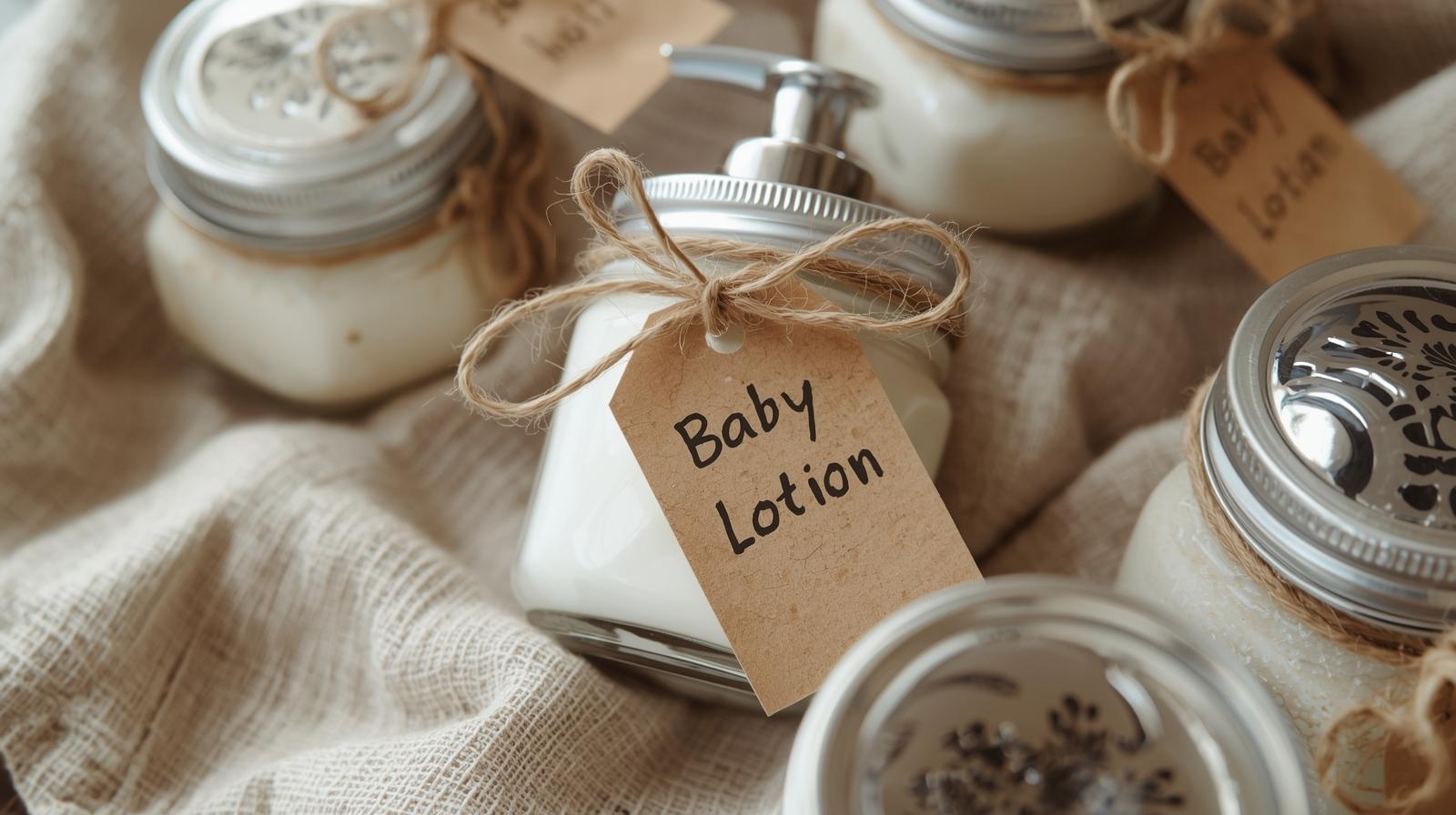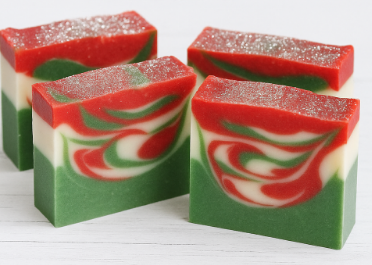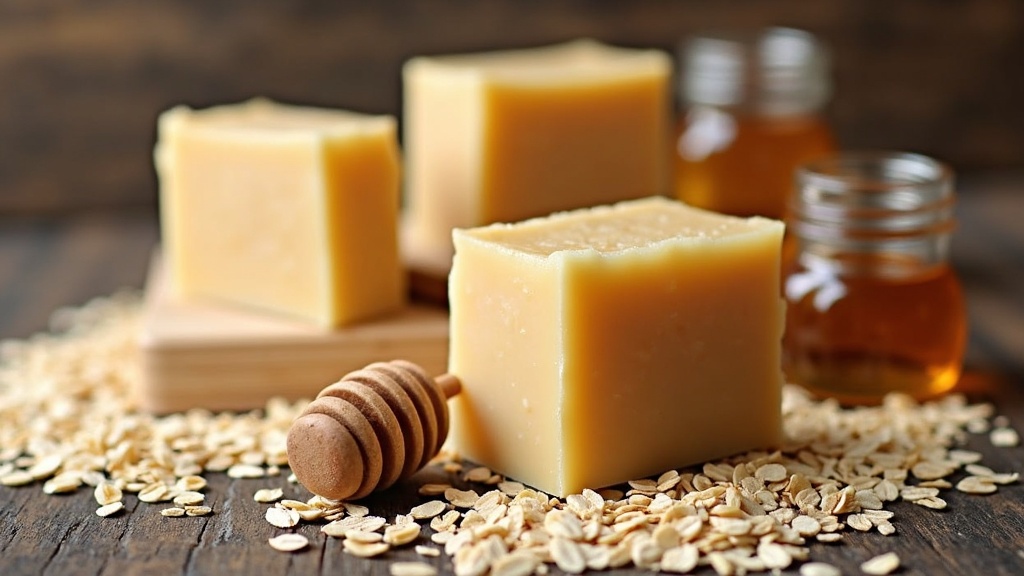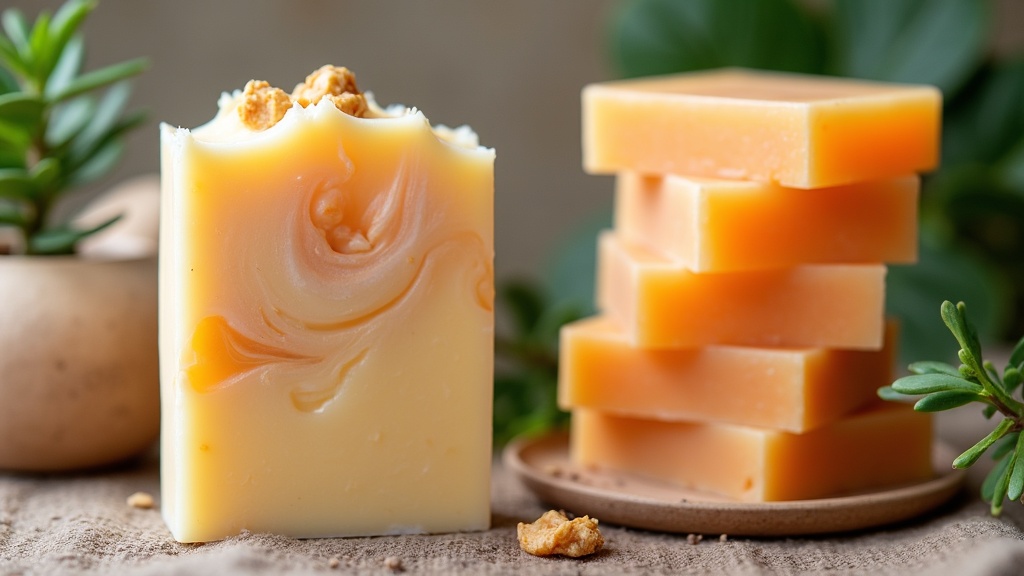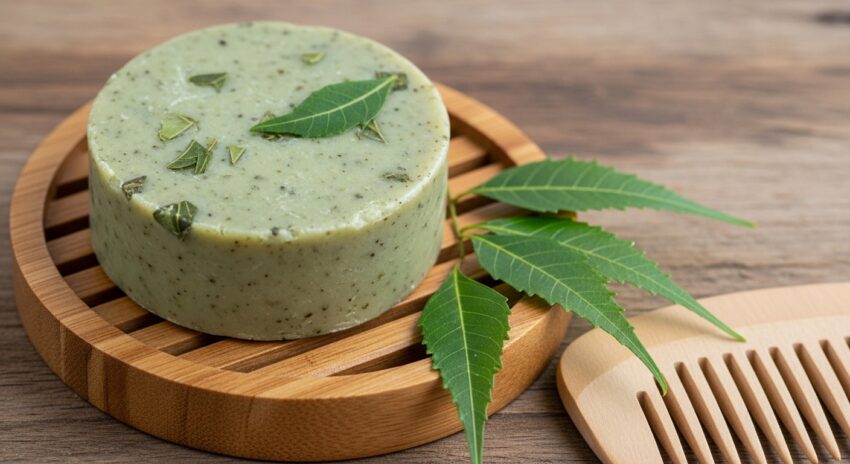Why Make Soap with Beer? When a local microbrewery asked me to create a custom beer soap, I wasn’t sure what to expect. To my surprise, it turned out to be one of my all-time favorite soaps!Not only does beer soap create a luxurious lather, but it also feels creamy and soothing on the skin….
Environmentally Friendly Soap Making: The Natural Way
Ecofriendly soap making is a pretty great way to care for yourself while also keeping our planet healthier. If you’re anything like me, you might have wondered if you can clean up your skincare routine and still get squeaky clean hands. The good news is: you totally can! Making soap the natural way is much…
Trending Natural Soap Ingredients & Sustainable Practices In 2025
Natural soap making has always been rooted in simplicity, tradition, and the use of wholesome ingredients. But in 2025, consumer demand and industry trends are shifting in exciting new directions. From upcycled botanicals to fermented actives and waterless formats, soap makers and eco-conscious skincare enthusiasts are embracing innovations that are better for the skin and…
Eucalyptus Essential Oil
Eucalyptus Essential Oil: Benefits and Uses in Natural Soap Making Eucalyptus essential oil is one of the most refreshing and versatile oils to use in handmade soap. Known for its crisp, clean scent and powerful natural properties, eucalyptus has been used for centuries in traditional remedies and home care. When added to your soap recipes,…
DIY Baby Lotion Recipe (Gentle & Natural)
🌼 Introduction to DIY Baby Lotion A baby’s skin is incredibly soft, delicate, and more sensitive than adult skin, which is why many store-bought lotions can sometimes be too harsh. Choosing natural, gentle ingredients is one of the best ways to nourish and protect your little one’s skin without exposing them to unnecessary chemicals or…
🎄 Christmas Soap Recipes
🎄 Christmas Soap Recipes 1. Peppermint Swirl Christmas Soap Recipe Looking for a holiday soap recipe that smells like Christmas and looks like candy canes? This peppermint swirl Christmas soap is one of the most festive soaps you can make. With swirls of red, green, and white topped off with peppermint essential oil, it’s a…
Oatmeal Honey Soap Recipe (Cold Process & Melt & Pour)
Oatmeal Honey Soap Recipe (Cold Process & Melt & Pour Methods) The scent of raw honey and the gentle touch of oatmeal make homemade oatmeal honey soap a real favorite for both beginners and seasoned soap makers. I keep a stash of these bars in my bathroom because they’re calming, super gentle, and make my…
Handcrafted Vs. Commercial Soap: A Side-by-Side Comparison
Comparing handcrafted soap to commercial soap opens up a whole world of choices. Both options get you clean, but they do so with very different ingredients, production methods, and results. If you’re standing in the soap aisle or scrolling through handmade selections online, trying to pick between the two, this guide covers everything you need…
Grape Seed Oil: Nature’s Lightweight Secret for Skin, Hair & Soap Making
A Time-Tested Beauty Oil For centuries, grape seed oil has been treasured for its gentle touch and powerful benefits. Extracted from the tiny seeds left over after winemaking, this light, golden oil was once a beauty secret of ancient Mediterranean cultures. Today, it’s one of the most versatile oils used in natural skincare, hair treatments,…
Benefits and Uses of Neem Oil for Skin, Hair, and Natural Soap Making
Ancient Remedy, Modern Beauty Essential Our skin and hair are constantly exposed to the sun, wind, and pollutants that strip away moisture and damage cells. While many turn to synthetic solutions, nature has already given us one of the most powerful protectors — neem oil. Used for over 5,000 years in Ayurvedic medicine, neem oil…
